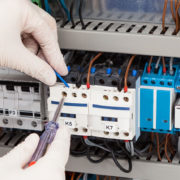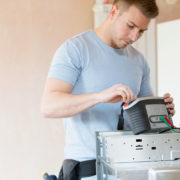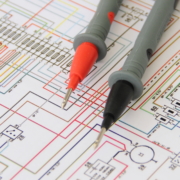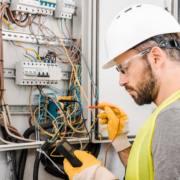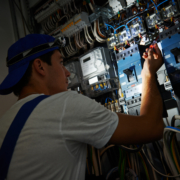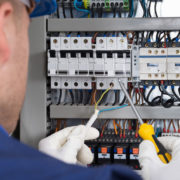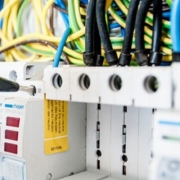Electrical Installation Testing Procedures
Electrical Testing Procedures
Electrical products are an essential part of modern living. Without these innovative (and sometimes lifesaving) products life would be very different. However, electricity is also unpredictable and and without regular and rigorous testing can be incredibly dangerous. Check out our Testing Procedures below
That’s why there’s so much legislation in place when it comes to working with electricity. So, to ensure that your electrical installations are safe you need to work with certified experts. Not only will this keep you within the boundaries of the law, but it will also provide a much needed layer of safety. Naturally, you will want to understand the test procedures that these experts will use, so let’s take a closer look at them.
How Do You Test Electrical Installations?
Electrical circuits are complex and technical networks which require specialist training to understand and test. Two main tests are required to ensure that electrical products are safe:
-
New Installation Testing:
All new electrical installations need to go through an initial testing procedure to be verified as safe to use. This test, which can only be performed by a qualified and competent electrician, evaluates the electrical installation. Factors such as the earthing arrangements, types of conductors, supply parameters and safety devices are all evaluated and documented.
-
Periodic Inspection Testing:
Existing electrical installations must, by law, be periodically inspected by an electrician to ensure that they are safe. These periodic inspections include both a visual and electrical inspection. The results of these tests should highlight any faults or hazards which either require attention or fail to comply with existing BS7671 standards.
The most common electrical testing procedures:
-
Protective Conductor Continuity:
It’s crucial that every protective conductor in a circuit meets current electrical standards. They also need to be correctly connected in order to remain safe. An electrician will carry out this test on all accessible and exposed conductors using an insulation tester.
-
Circuit Breaker Functionality:
All circuit breakers, RCDs and isolators need to be thoroughly tested to confirm that they can disconnect an electrical supply if necessary. An electrician will need to confirm the effectiveness of these devices and verify that they are correctly maintained and labelled.
-
Ring Circuit Testing:
Every ring circuit must be tested in order to confirm the continuity of each conductor in the circuit. This procedure is completed using a continuity tester to determine whether the ring circuit is complete. This test, however, is not considered crucial if previous test records are available. If changes have been made to the circuit, though, it becomes essential that this test is completed.
-
Polarity Testing:
Verifying the polarity of all circuits is an important procedure when it comes to testing electrical installations. The polarity must be measured at the point of installation, all accessible socket outlets, distribution boards and before any connection to the power supply. The best way to complete this test is by working with either a continuity tester or multi tester.
Electrical Installations Testing
The only way to confirm that electrical installations are safe is by combining all these test procedures. And, remember, these are not tests that can be completed by anyone. You need a fully qualified electrician to carry out these tests safely and accurately.
If you have any questions please visit our electrical testing page or just give us a call

